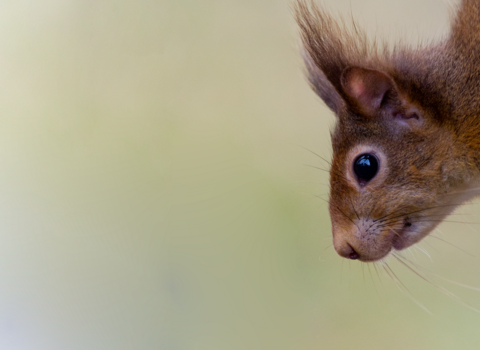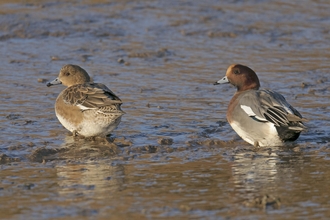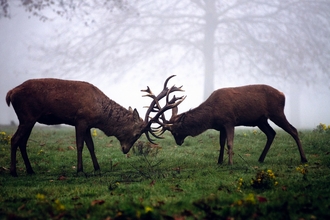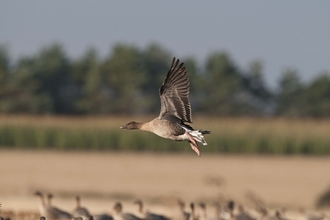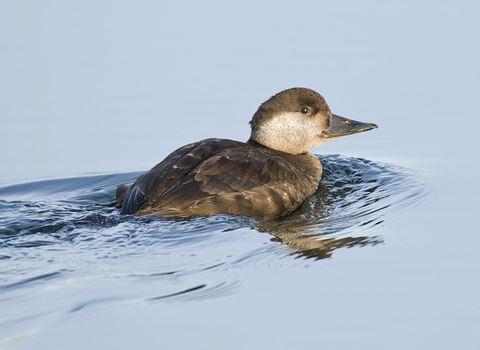
Female common scoter ©John Bridges
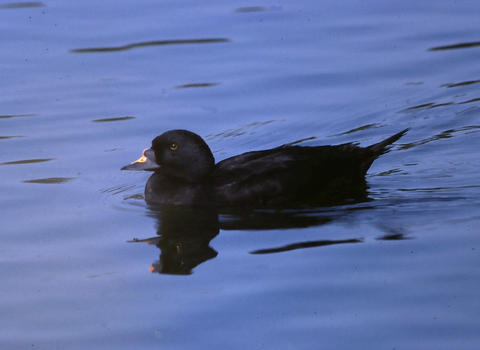
©Derek Moore
Common scoter
The common scoter has suffered large declines in the UK, threatening its survival here. Look out for this duck feeding at sea in winter when its numbers are bolstered by migrating birds.
Scientific name
Melanitta nigraWhen to see
January to DecemberSpecies information
Category
Statistics
Length: 46-50cmWingspan: 84cm
Weight: 1kg
Average lifespan: est. 8-16 years
Conservation status
Classified in the UK as Red under the Birds of Conservation Concern 5: the Red List for Birds (2021). Protected in the UK under the Wildlife and Countryside Act, 1981. Priority Species under the UK Post-2010 Biodiversity Framework.

